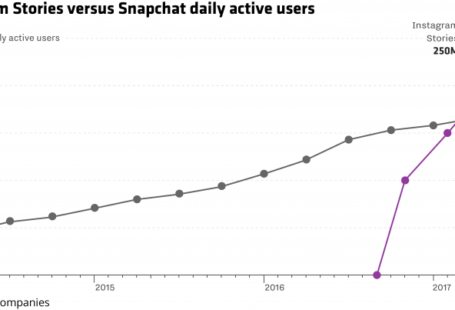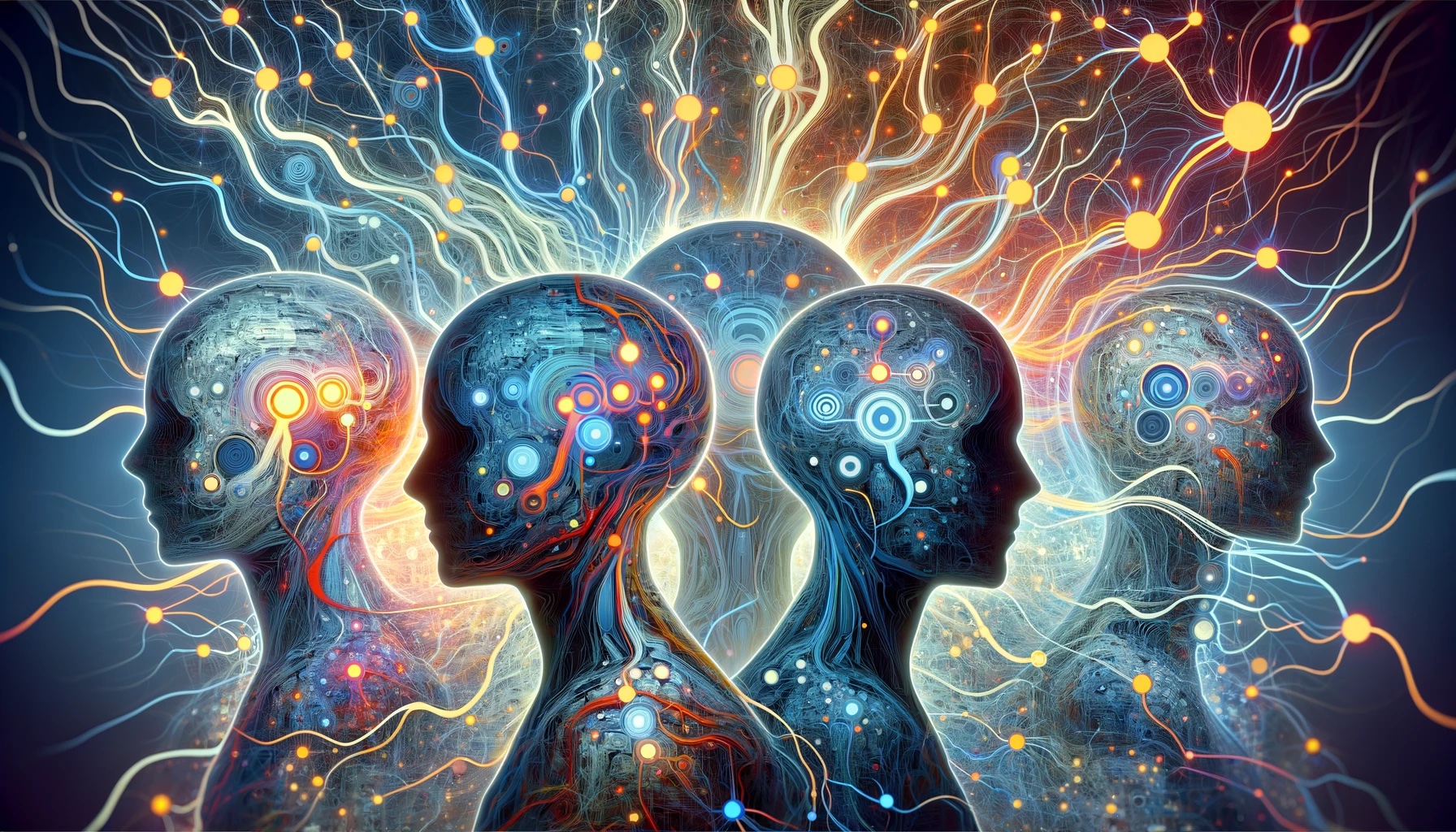When we imagine the robotic future, our minds often conjure visions of generalized androids – the metallic jack-of-all-trades adept at any task we throw their way. However, this generalist perception belies the true revolution brewing in the world of robotics and automation. The real disruptive force may not lie in general-purpose robots, but rather in the rise of highly specialized robot “savants” armed with deep, nuanced skills that transcend human mastery.
The allure of General Purpose Robots (GPRs) is undeniable – they promise a unified solution, an android that can seamlessly transition from assembling electronics to cleaning your home or even assisting with childcare. This versatility could revolutionize industries by enabling rapid redeployment of robotic workforces.
However, the counterargument lies in the rise of “Robot Savants” – specialized robots, or as I dub “Special Mastery Robots” (SMRs) armed with deep, nuanced skills that transcend human mastery in certain domains.
Consider the art of Japanese woodworking – a centuries-old tradition where masters dedicate lifetimes to perfecting their craft. What if we could distill this rarefied knowledge into digital form and upload it into robotic systems tailored for the task? Suddenly, the scarcity of master artisans is no longer a limiting factor. These SMRs wielding customized tool-heads and encoded with elite skills could replicate the most intricate woodworking techniques across the globe with machine-like precision.
This paradigm extends well beyond artisanal realms… envision a home construction site where SMR deftly recreate ornate ceiling designs or intricate wall embossing that would normally require specialized human craftsmen. One can easily foresee high-end homebuilders investing in these robotic savants to deliver unparalleled architectural flourishes once limited by cost and labor constraints.
From precision surgical robots guided by elite medical expertise to autonomous agricultural drones trained in biometric crop management, we are entering an era where human mastery transcends the physical realm.
By encoding elite skills into intelligent robotic systems, we unlock the ability to replicate and scale rarified expertise on an unprecedented level. The true value proposition here isn’t merely labor displacement, but productivity enlightenment fueled by skill dissemination at a systemic level.
The implications are staggering – a world where distance, access, and resource constraints are no longer barriers to tapping into the pinnacle of human knowledge and capability. In this paradigm, the true value proposition isn’t merely labor displacement, but productivity enlightenment fueled by skill dissemination at a systemic level.
Yet, a critical insight may render the GPR vs Mastercraft Robots debate moot: the true value likely doesn’t reside in the robotic hardware itself, but in the intelligence orchestrating it.
Much like cloud computing decoupled software from hardware, we could envision robotic “brains” centralized in the cloud, streamed to physical robots that become mere conduits for intelligence. In this model, robots become infinitely malleable, their capabilities dictated by brilliant cloud-based AI. The limiting factor then lies not in physical constraints, but in network speed and bandwidth.
Apple’s rumored home robotics foray underscores this potential paradigm shift. A company renowned for software prowess could revolutionize domestic automation not by reinventing robots, but by seamlessly integrating cloud intelligence into our living spaces.
So how does human labor compete when the playing field is no longer just tooling and raw processing power, but an encyclopedia of elite skills instantly downloadable into robotic proxies?
There is also another element to the rise of robotic assistants that is rarely discussed, but Professor Ethan Mollick highlights in his latest book, there is a risk to the ‘hidden learning’ that comes from apprenticeships. When we start to use these v1 AI / robots to displace the novice and junior skills, the typical on the job learning that comes from apprenticeships is now displaced, which will create a skill gap between the knowledge workers of today and the soon-to-be-stagnating knowledge workers of tomorrow, with less knowledge transfer going towards them and instead the knowledge is recorded, documented and encoded into AI models to power our Robot Savants of tomorrow.
To better illustrate the possibilities of what these ‘Robot Savants’ will enable local, small business and contractors to do, read my follow-up, “Reclaiming Craftsmanship: When “Better” Means More Than Cheap”


